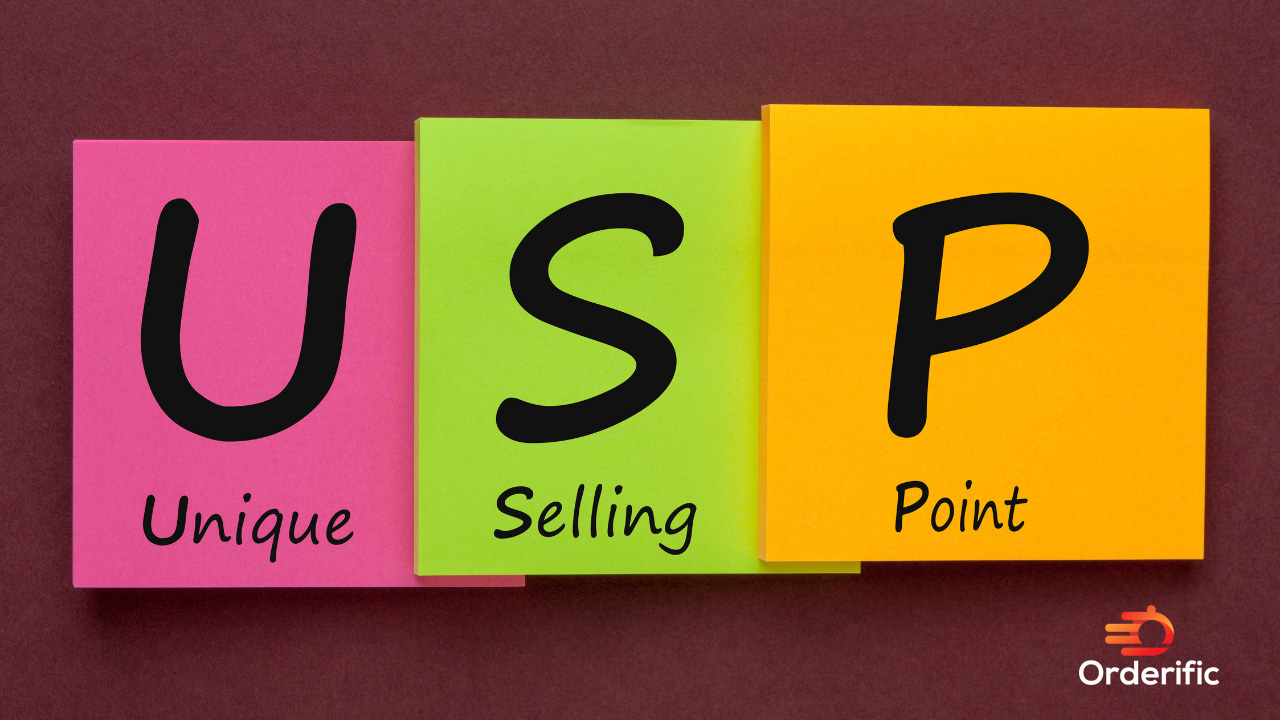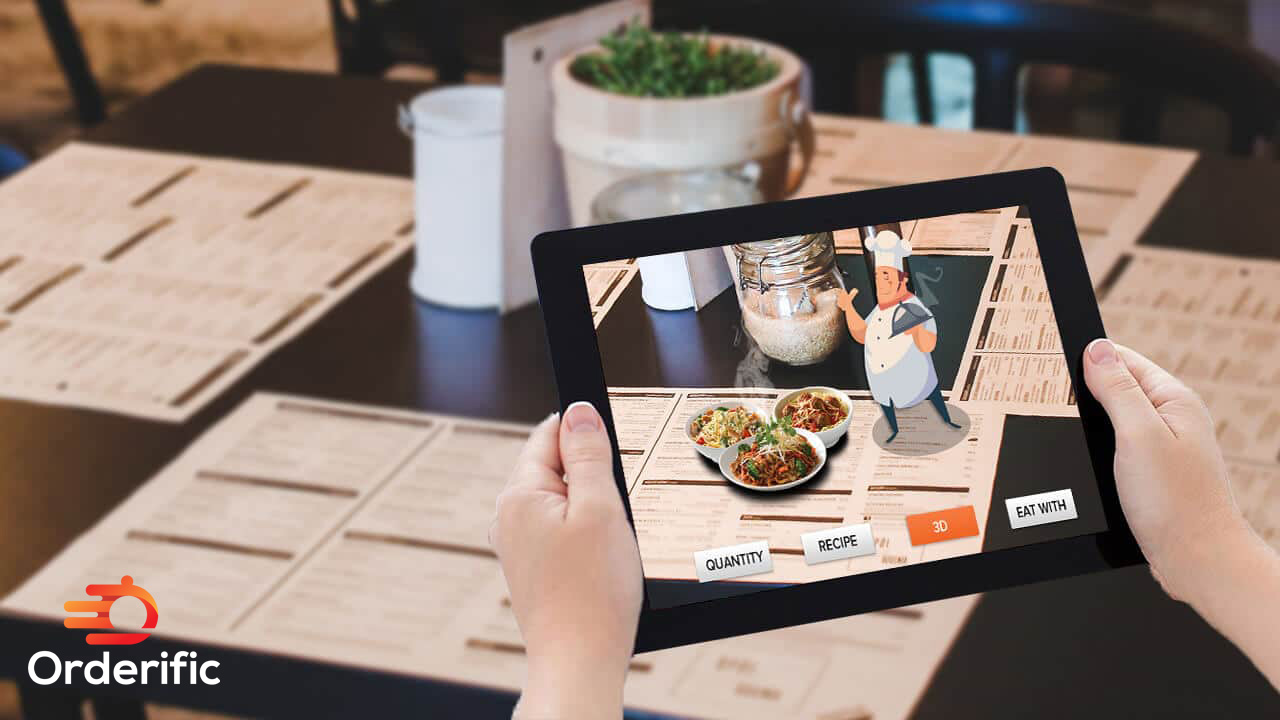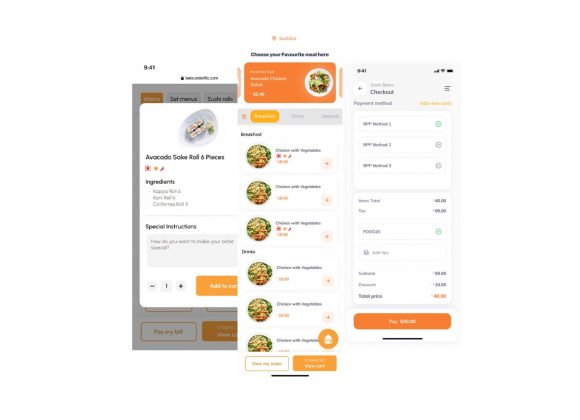Restaurant POS systems aka restaurant management software are systems that help F&B outlets in streamlining their operations (sales, finance, inventory, etc.), enhancing customer experience, and maintaining other business related aspects from a single app or dashboard.
But, there are various questions revolving around them, such as
- Do you really need a restaurant POS?
- Are restaurant POS systems expensive?
- Which restaurant management software is best?
- What are the benefits of deploying a restaurant POS at your premises?
You’ll find answers to all these questions in this blog. Let’s start with understanding why you should be using a restaurant PMS in the first place.
Benefits of Using Restaurant POS Systems
Recently, Grand View Research shared some interesting insights about restaurant management software. As per the report,
- The global market size of restaurant POS was around USD 20.31 billion.
- This figure is expected to increase by a CAGR of 8% from 2023 to 2030.
- The CAGR in the North American market is expected to be 5.6% from 2023 to 2030.
Taking these stats into consideration, it can be said that the F&B businesses are rapidly opting for restaurant POS. If you are wondering why, here are the benefits of doing it.
Enabling seamless operations
The main objective of restaurant management software is streamlining all the operations to improve the TAT. How?
It’s simple. The restaurant POS automates a majority of tasks such as generating KOT, bills, and daily sales reports, managing orders from multiple sources, pushing out offers on different platforms, maintaining daily roster, etc.
This reduces a majority of manual processes which allows restaurateurs to focus on improving services and increasing customer satisfaction.
Providing reports for making improved decisions
Another benefit of using restaurant POS is the significant reports it provides you on a daily, monthly, and annual basis. Some of the prime reports are:
- Daily sales report
- Sales forecast report (daily, monthly, and annually)
- Best-selling dishes and tables of the day, month, and year
- Wastage report
- Inventory report
- Transaction report
These reports help in making informed decisions. For instance, a bestseller report can tell you about your non performing dishes. Thus you can save on inventory costs by replacing or removing them from your menu.
Developing better marketing strategies
The reports generated by a restaurant POS can help in designing better marketing strategies. Let’s say, as per the report, ‘Avocado salmon toast’ is one of your best sellers in your restaurant. Now, how will you promote it to the audience?
Here are few marketing strategies you can use:
- Design a banner about it and put it across social media platforms
- List it among the bestsellers on every platform
- Give it as a complimentary dish on a specific order amount
- Create a video on its making and share it on social media pages (YouTube, Instagram, and Facebook). Check out this video for reference:
Avocado Salmon Sandwich 🥑 #shorts – YouTube
A majority of these marketing strategies are simple and cost-friendly. Similarly, you can use the reports to devise a perfect and effective marketing plan for your F&B outlet.
Maintaining records
One of the most common issues faced by businesses is storing and maintaining the records. Often, the data and records get deleted due to some technical fault.
The modern day restaurant POS systems solve this problem with cloud based storage. Be it transactions, customer details, reports, or any vital data.
Further, the data is recorded and updated in real-time. This saves restaurateurs from manually updating now and then.
Managing inventory easily
Lastly, a restaurant POS assists in keeping a live track of inventory. Thus you can check on day-to-day stock consumption and be prepared for the next day.
This also helps in exercising portion control on dishes where wastage is on the higher side.
Top 5 Restaurant Management Systems
Now that you know the benefits of having a restaurant management system on your premises, let’s take a look at the top players in this segment.
Touchbistro
TouchBistro is a restaurant POS system developed by Toronto-based company of the same name. Founded in 2010, TouchBistro helps restaurants with managing their sales, menu planning, and staffing.
To do this, it offers a varied range of products including restaurant POS systems, kitchen display system (KDS) for streamlining FOH-BOH communications, customer displaying system, and payment processing units. You can opt for a monthly subscription, which starts from $69 and depends on the module and versions opted for.
Clover POS
Clover POS was developed by California based Clover Network in October 2010. It started off as a payment collection hardware and is currently most opted for POS systems by various businesses. It provides various solutions such as handheld POS, solo station with customer screen, duo station with screen, etc.
One of the major drawbacks of clover POS is that it’s a hardware-based POS. Meaning, you need the pay for the device plus software. Another thing is that it’s too expensive for small scale F&B outlets. The pricing for POS starts from $90 to $300 on a monthly subscription basis.
Orderific
Orderific is a unique web-based POS which does not require any specific hardware. It’s a QR code based digital menu with an integrated POS system.
The way it works is quite simple. The customers need to scan the QR code and place the order using the AI-enabled smart menu. Once the order is placed, the system generates KOT directly to the kitchen and sends the bill to the customer which reduces your TAT.
In addition to this, it offers you feature like:
- Designing your own QR code
- Upselling with smart suggestions (Thanks to AI)
- Building your website
- Creating and promoting offers
- Develop loyalty programs
- Keep a track of deliveries
- Manage rating and reviews
- Zero transaction fees with integrated payment methods
- Automated inventory tracking
Square POS
Founded in 2009 by Square Financial Services, the prime purpose of the Square POS was to collect credit card payments. Later on they introduced various business solutions including websites, virtual terminal, KDS, product photography, etc.
As far as restaurant POS is concerned, Square POS provides features such as real-time menu update, manage orders from various platforms, sales reports, etc.
However, just like Clover, it is also a hardware-based system. But, Square gains an upper hand by giving the basic plan for free. Here you just have to pay 2.6% + 10¢ for every transaction.
This proves cost-friendly for small budget F&B outlets. You can avail other additional facilities on a monthly subscription.
Toast
Toast is a restaurant management system designed by Boston based Toast Inc in 2012. It provides various services for restaurants including KDS, employee management software, HR systems, guest engagement tools, etc.
Talking about POS, it is a hardware-based system. Yes, just like Clover and Square, Toast POS needs a terminal for operation.
The costing again on the up-front is zero. You need to pay 2.49% +15¢ per transaction. This pricing is for a starter kit with 1-2 POS terminals. It can vary depending upon the type of package.
Conclusion
“Information technology and business are becoming inextricably interwoven. I don’t think anybody can talk meaningfully about one without talking about the other.”
— Bill Gates
We couldn’t agree more with Bill Gates on this point. These days running a business without technology is impossible. And the F&B industry is no different.
Restaurant POS brought a revolution by automating a majority of operational processes. This helped restaurateurs focus on figuring out ways to increase business flow.
If you haven’t started using it yet, get going right now. Try your hands on the top restaurant POS mentioned in this blog and see which one matches your requirement.
Do let me know in the comments about your experience. Till then, happy learning!
Visit Orderific for more insightful information!













